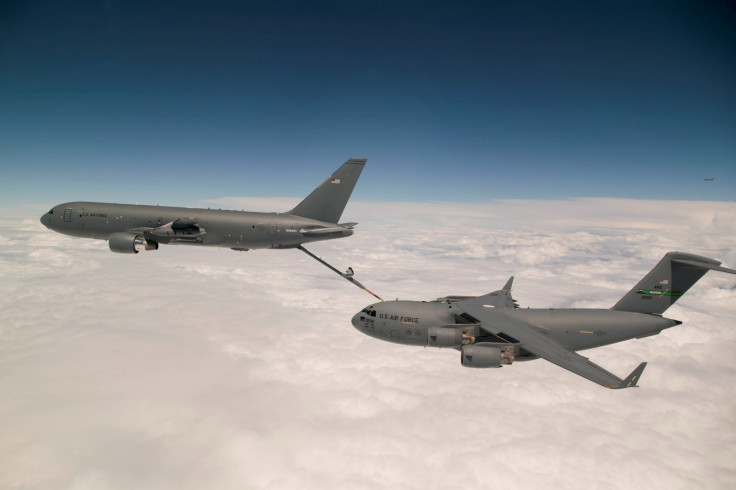US Air Force wants Star Trek-style 'cloaking devices' for aerial tankers
US Air Force wants its huge aerial tankers to be much less visible on enemy radar systems.

The US Air Force wants Silicon Valley, the defence industry and the Pentagon to help develop electronic cloaking technologies to help make aerial tankers less visible to enemies.
In Star Trek, the Romulans were well known for developing cloaking devices – an energy screen that by selectively bending light and other energies rendered spacecraft completely invisible to the electromagnetic spectrum and most sensors.
Now the US Air Force has decided that it wants cloaking devices in order to hide its aerial tankers, which fulfil a vital role in refuelling jet fighters in mid-air, and to that end it has been consulting with the Defense Advanced Research Project Agency (Darpa), military service laboratories and defence contractors.
The idea is to alter the waveform of the aircraft so that it either appears to be in a completely different location to where it actually is on an enemy radar system, or to cause the aircraft to completely disappear.
"I've got airplanes with big fat bodies and long wings. I've got first-generation tankers refuelling fifth-gen fighters. The enemy doesn't have to look for the fighter – he just has to look for me," General Carlton Everhart, head of the Air Mobility Command told Bloomberg.
"I asked industry for a cloaking device and they all laughed. They said, 'You've been watching too much science fiction.' I said, 'Listen to me – this is what I want: something that would be able to change the waveform.'"
Everhart says he has had to go to the tech industry, because if he just left it to the military acquisition system it would take about 50 years before the solution could be deployed, as it would have to go through a great deal of regulations first.
The Air Mobility Command currently flies 40% of all the refuelling missions over Iraq and Syria for jet fighters battling Islamic State. In 2014, there were 29,000 aerial refuelling operations when US intervention first began, and in 2016 there were 81,000 refuelling operations.
Everhart is also thinking about how the tankers can be of better use to defend themselves and other aircraft in the air, and to that end he is keen to equip the aerial tankers with laser weapons that can completely destroy any ground-to-air missiles, rather than just using lasers to blind missile warheads.
In 2016, the aerial tankers of the Air Mobility Command flew the equivalent of 66 years. "Everyone says this is a shooting war, but we are providing them all that gas," he said.
© Copyright IBTimes 2024. All rights reserved.






